Wondering how to treat a limping dog at home? Your dog hobbling around can tug at your heartstrings, but don't worry—you can help! There are simple ways to ease your dog's discomfort at home, whether it's a sore paw, an injured leg, or something more serious.
Let's cover some simple steps to help your dog recover, like checking for foreign objects and using heat or ice packs. Let's explore and make your pup feel better fast!

What Might Cause A Dog To Limp? Common Reasons
Dogs can be drama queens when it comes to limping, but there's usually a good reason behind it. From minor issues to something more serious, here are some common culprits:
- A tiny pebble or thorn stuck in your dog's paw can make walking uncomfortable.
- Sprains, strains, or small injuries from rough play can leave your pup limping.
- A serious fall or accident might cause a fracture, leading to noticeable limping.
- Mobility issues are common in older or larger breeds due to conditions like joint disease or hip dysplasia.
- Lyme disease from tick bites can trigger joint pain and limping in dogs.
When to See a Veterinarian for Limping
When it's serious, a limping dog needs more than at-home care. If your dog's pain worsens, they show severe swelling, or the affected limb feels hot to the touch, it's time to seek veterinary attention.
Signs like a dangling limb, dislocated joints, significant discomfort, or a suspected broken limb may indicate a severe injury requiring immediate veterinary intervention. Don't wait—your canine companion deserves prompt care to avoid further injury and ensure the best treatment options.
How Long Could a Dog Limp Before a Vet Visit Is Necessary?
If your dog starts limping and it doesn't improve within 24-48 hours, schedule a vet visit. For gradual onset or limping in dogs with joint pain or degenerative conditions, veterinary care might still be needed to accurately diagnose the underlying cause.
Severe pain, visible injuries, or limping that worsens over time are red flags that require medical attention. Don't let small issues turn into bigger health concerns. Early care makes all the difference!
When Could You Treat a Limping Dog at Home?
If the limp seems mild and your dog's paw isn't swollen or continuously bleeding, you can try a few things at home. Rest, ice packs, dressing a wound, or checking for foreign objects might do the trick. Let's go over the steps to help your furry friend feel better!
Step 1: Inspect Your Dog's Paw and Leg
The first step to helping a limping dog is a good look at their paw and leg. Sometimes the issue is as simple as something stuck in their paw or a small cut causing discomfort. Checking the affected area can help you figure out if it's something you can handle at home or if your dog needs veterinary care.
Checking for Cuts, Swelling, or Foreign Objects
Start by carefully looking at your dog's paw and leg for any cuts, swelling, or foreign objects like tiny rocks or thorns. If you spot something stuck, gently remove it and clean the area with antibacterial soap. If the dog's paw feels tender, ice packs may help reduce swelling.
Always check between their toes, too—small dogs and larger breeds can both get things caught there during playtime or walks. Check the bottom, top, and upper portions of the paw and ankle for any abnormalities.
Identifying Signs of Pain or Injury
Gently touch your dog's leg and paw to check for any signs of discomfort, like flinching, yelping, or pulling away. If the affected area feels hot or the dog shows signs of severe pain, it's time to seek veterinary care. Look for an irregular angle or swelling in the affected limb—these can signal a more serious injury, like a broken limb or joint disease. Always watch for changes in your dog's behavior, too!
Check That All Limbs Function Properly
Slowly and softly compress and decompress the limping limb at its joints to check that they are operating properly. Go through the full range of motion for each joint. If one seems off, it could mean a sprain or injury in that area. Also, pay attention to your dog, if it seems agitated when you move a certain joint, it could indicate a problem.
Step 2: Provide Immediate Relief
Once you've checked your dog's paw and leg, the next step is helping them feel better right away. Simple actions like using heat and ice packs, providing CBD, or limiting their movement may relieve physical discomfort and prevent further injury. Acting quickly can make a big difference, especially if your dog is limping due to joint pain or an injured leg.
Rest and Restriction of Movement
Let your dog rest to give their injured leg time to heal. Restrict their movement by keeping them in a quiet area—no jumping on furniture or running around. Bathroom breaks should be short and gentle to avoid putting pressure on the affected limb. Rest is key for issues like joint health or minor injuries, and it helps prevent further injury. A calm canine companion heals faster!
Applying Cold or Warm Compresses
Cold compresses or ice packs work wonders to reduce swelling and relieve pain in an affected limb. If your dog's paw or leg feels hot, a cold pack can help soothe the area. For stiff joints or gradual onset of joint pain, a warm compress might do the trick to ease discomfort. Use a soft cloth to protect your dog's skin and alternate between cold and warm as needed.
Provide Natural Relief Options [CBD and More]
If your dog is limping and needs extra help, natural relief options like CBD can make a big difference. These products are designed to relieve discomfort, support joint health, and improve your pet's condition without harsh side effects. They're easy to use and loved by dogs for their tasty flavors. Here are some of our top CBD options to try:
- CBD Dog Treats + Joint and Mobility Care. These Pumpkin Spice + Cinnamon treats combine turmeric root, Boswellia, hemp seed powder, and Broad Spectrum CBD Oil. They promote joint strength and may ease swelling, making them great for dogs recovering from joint issues or surgery.
- CBD Mobility Chews for Dogs. Soft-baked with a smoky pumpkin, apple, and cinnamon flavor, these chews are perfect for dogs with joint stiffness. They're pre-dosed (5 mg, 10 mg, or 20 mg CBD) and include Boswellia and turmeric to ease joint tension and promote mobility.
- Joint Support Soft Chews. Our non-CBD option, made with turmeric, glucosamine, MSM, and more, is ideal for dogs needing extra joint care. It promotes flexibility and keeps your pup active and happy.
Should You Wrap a Dog's Leg If They Are Limping?
Wrapping your dog's leg can help in certain cases, like supporting joints and promoting the healing of minor injuries or swelling, but it's not always necessary. Use a soft bandage to support the affected limb and ease swelling, but avoid wrapping too tightly—it could make your dog's pain worse and even cut off circulation.
If your dog starts limping due to a severe injury or broken bones, skip the wrapping and seek veterinary care instead. When in doubt, always consult your vet!

Step 3: Natural Remedies for Limping Dogs
Sometimes, the best way to help a limping dog at home is through natural remedies. These options can ease discomfort, support joint health, and keep your canine companion feeling their best. From gentle massages to simple dietary changes, you can make a big difference in their recovery right from home.
Home Massage Techniques for Muscle Relief
Gently massaging your dog's leg can relax tight muscles and improve blood flow. Start by softly rubbing the dog's paw and moving up the leg, focusing on areas of significant discomfort. Avoid putting pressure on swollen spots or severe injuries.
Massaging regularly can help reduce inflammation and relax your dog, especially after a long walk or play session. Your dog will love the extra attention and care!
Dietary Changes to Support Joint Health
Your dog's diet has a big impact on their joint health. Foods with omega-3 fatty acids, like fish and flaxseed oil, can soothe inflammation and keep your dog’s joints strong. For dogs with joint disease or hip dysplasia, supplements like glucosamine or chondroitin may be helpful. Keeping your dog's diet balanced and specific to their breed and activity level supports joint health and prevents injuries.
Calm and Comfortable Space to Promote Healing, Rest, and Relaxation
Giving your dog a calm, quiet space is one of the best ways to help them heal. A cozy area where they can rest without distractions helps their body recover and keeps stress levels low. Adding natural calming aids like CBD or melatonin can make relaxation easier for your dog, especially if they're feeling uneasy. Check out HolistaPet's calming options:
- Melatonin for Dogs. Our melatonin soft chews are made with calming ingredients like chamomile, passion flower, and valerian root. They naturally ease your dog's nervousness and help them relax while supporting better sleep.
- CBD Dog Treats for Anxiety. With Peanut Butter + Apple flavors, these treats combine Pure CBD Oil and chamomile to calm your dog during stressful moments. Great for dogs with nervous energy or separation anxiety, they keep your pup feeling relaxed and at ease.
- Broad Spectrum CBD Oil for Dogs. This oil works with your dog's ECS to reduce stress caused by loud noises, big crowds, or other environmental triggers. It's a favorite for calming dogs before vet visits or during thunderstorms.
Can A Dog's Limp Heal On Its Own?
Sometimes, a dog's limp can heal on its own, especially if it's caused by something minor, like a strained muscle or a small cut on the dog's paw. Rest and simple remedies like heat and ice packs can often help reduce swelling and relieve pain. However, if your dog starts limping more, shows severe pain, or the limp lasts for more than a couple of days, it's time to seek veterinary care to avoid further injury.
Should I Still Walk My Dog If They're Limping?
It's best to limit walks if your dog is limping to prevent further injury or strain on the affected limb. Short bathroom breaks are fine, but avoid long walks or strenuous activities that could worsen or aggravate the injury.
If your dog's limp is mild and improving, the gentle movement might help with joint health, but always monitor for any signs of significant discomfort. When you're uncertain, your vet can provide the answers you need.
How Long Does A Dog Limp Take To Heal?
Healing time for a dog's limp depends on the cause. Non-serious issues like a pebble or twig stuck in their paw are fine once the object is removed. Mild injuries like a strained leg or irritated paw can heal in a few days to a week with rest and proper care.
More serious issues, like joint problems or a broken limb, might take weeks or even months with veterinary intervention. Monitoring your pup and following your vet's advice closely can make a big difference in how quickly they bounce back.
Preventing Limping in Dogs Through Long-Term Care
You can help prevent limping in dogs by focusing on their long-term health. Regular exercise, a healthy diet, and joint health supplements can keep your pup feeling their best. For larger breeds or older dogs, adding extra joint support is especially important.
HolistaPet offers CBD products that promote joint health and general wellness. With consistent care, you can keep your canine companion active, happy, and free from avoidable injuries!







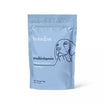
![Probiotics For Dogs [Soft Chews] - HolistaPet](http://www.holistapet.com/cdn/shop/files/Probiotic-Infographic-1_472d7a29-e30c-435a-9638-1365d8c3a9f9.jpg?v=1725384841&width=104)




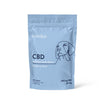
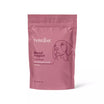
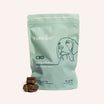
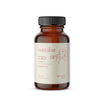

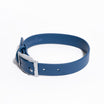
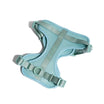
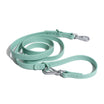





![Is My Dog Too Skinny? [Identification + Weight Gaining Tips]](http://www.holistapet.com/cdn/shop/articles/Is_my_dog_too_skiny_1_520x500_520x500_520x500_520x500_520x500_520x500_fd7178c0-775b-42fe-877f-c8585a63d8f4.webp?v=1738279170&width=500)
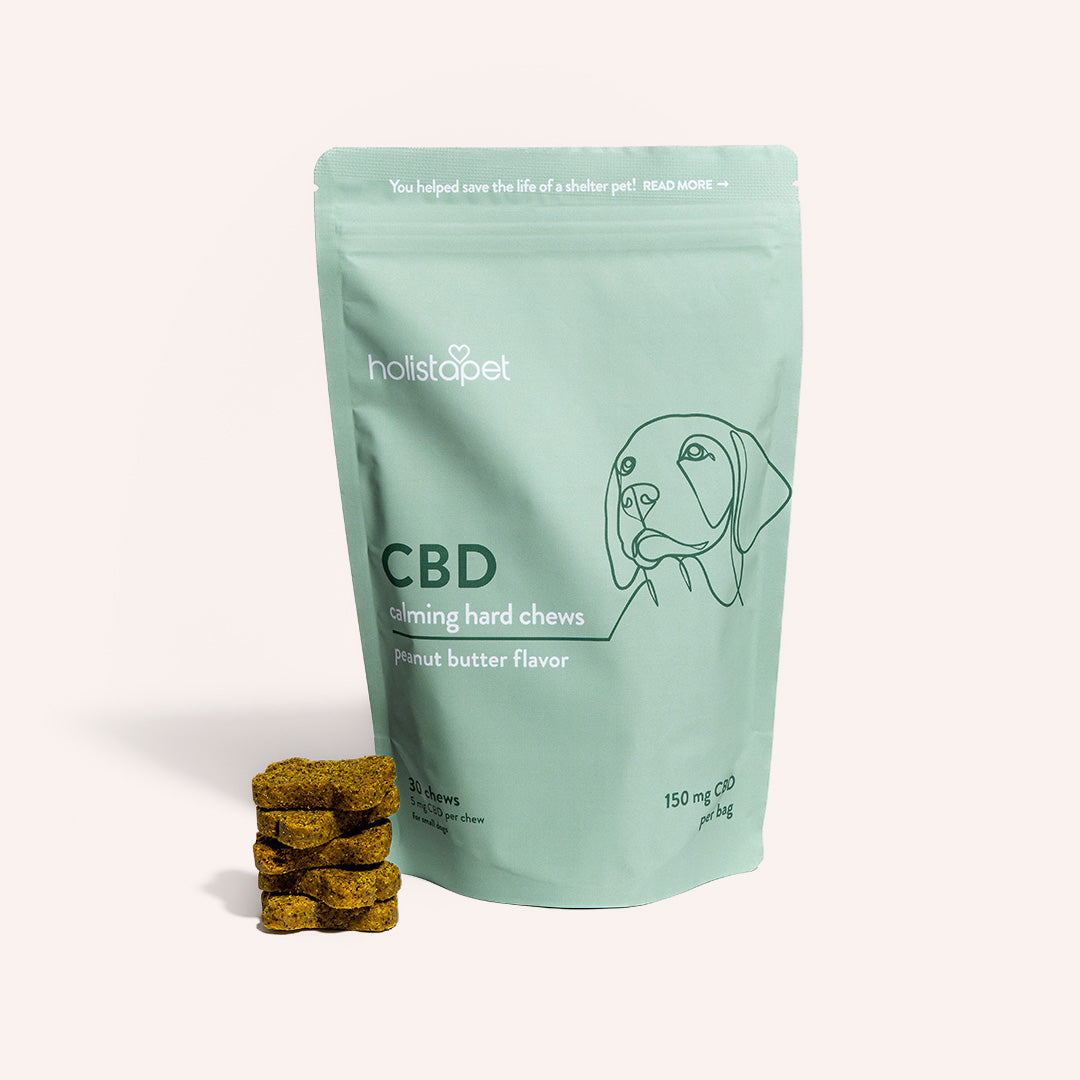
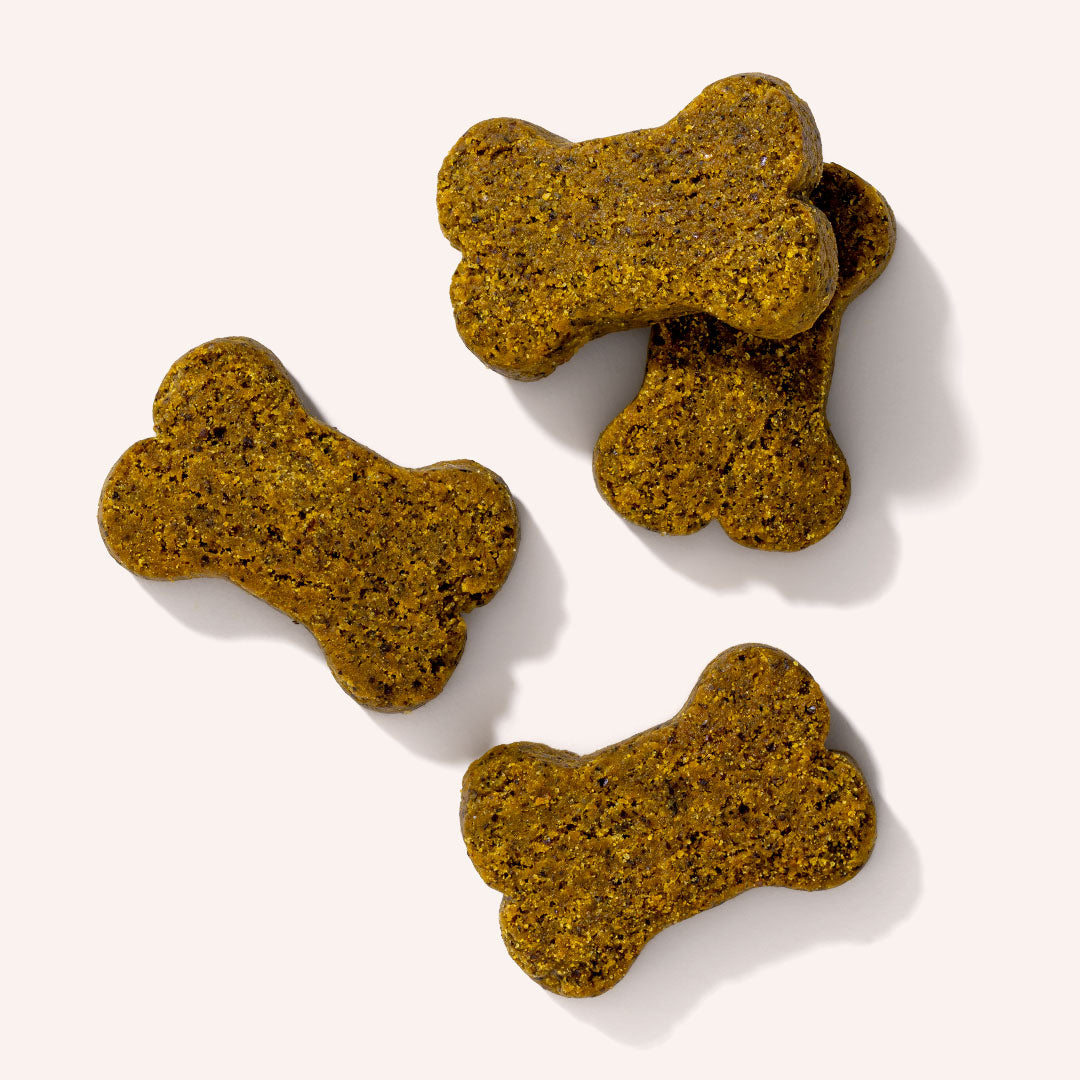
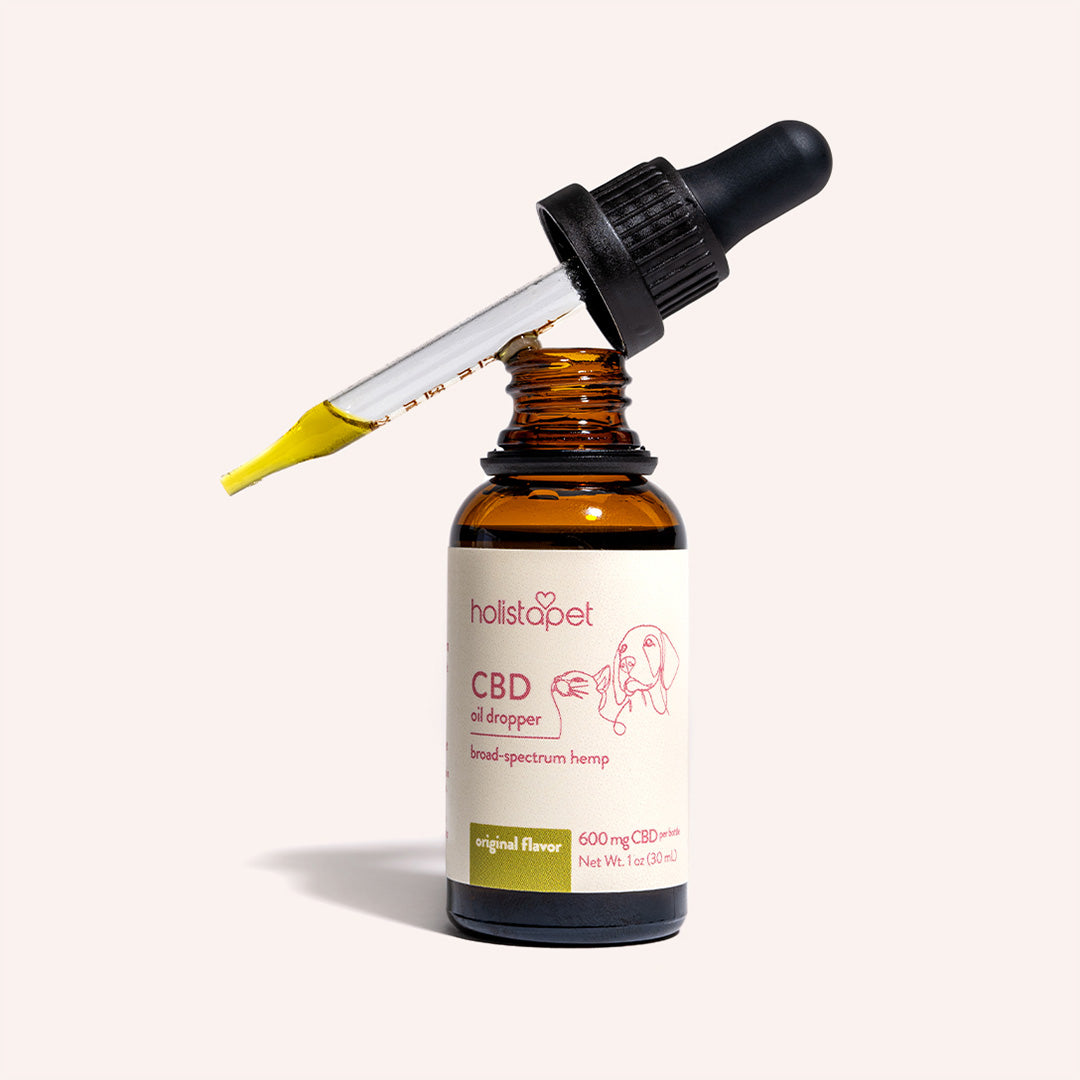
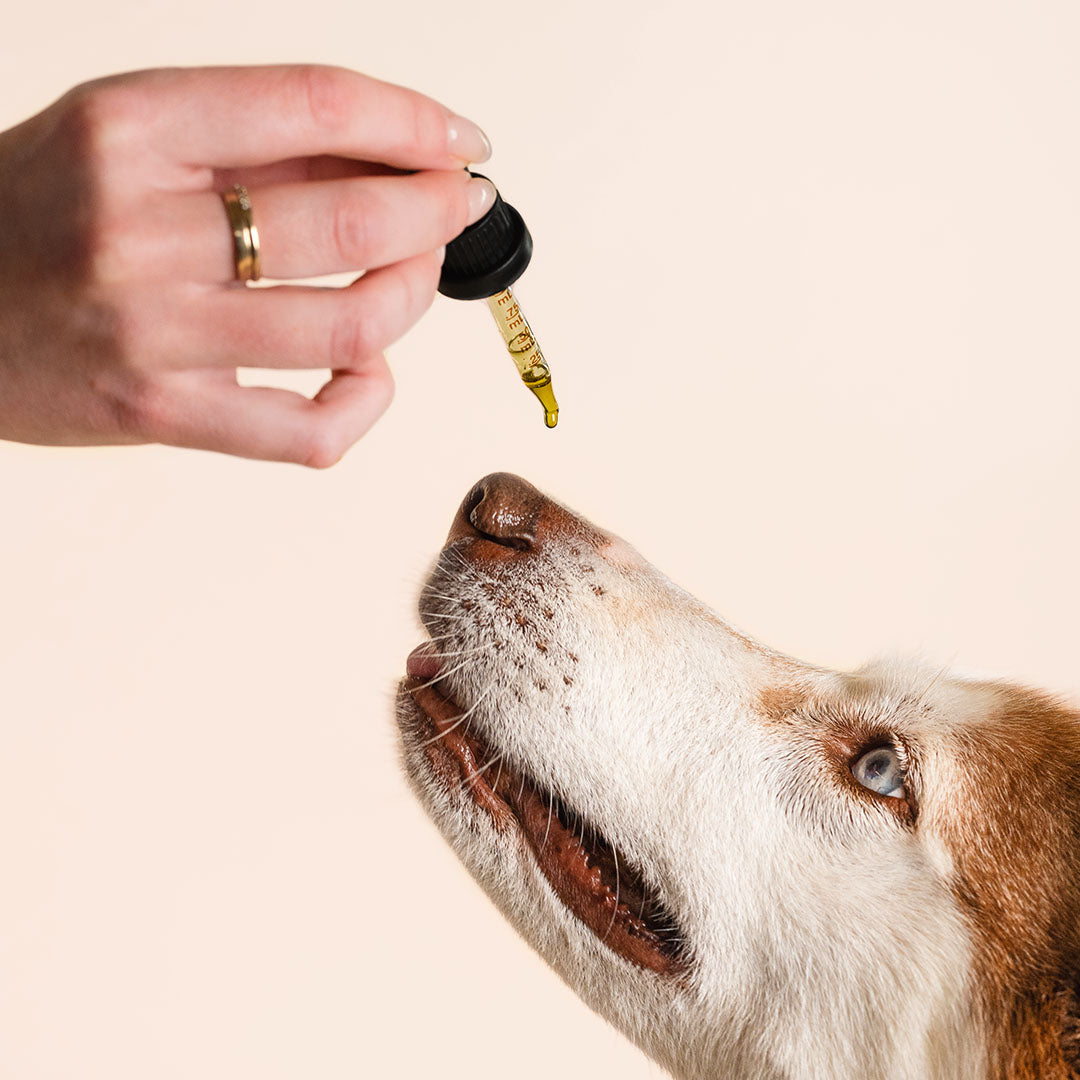
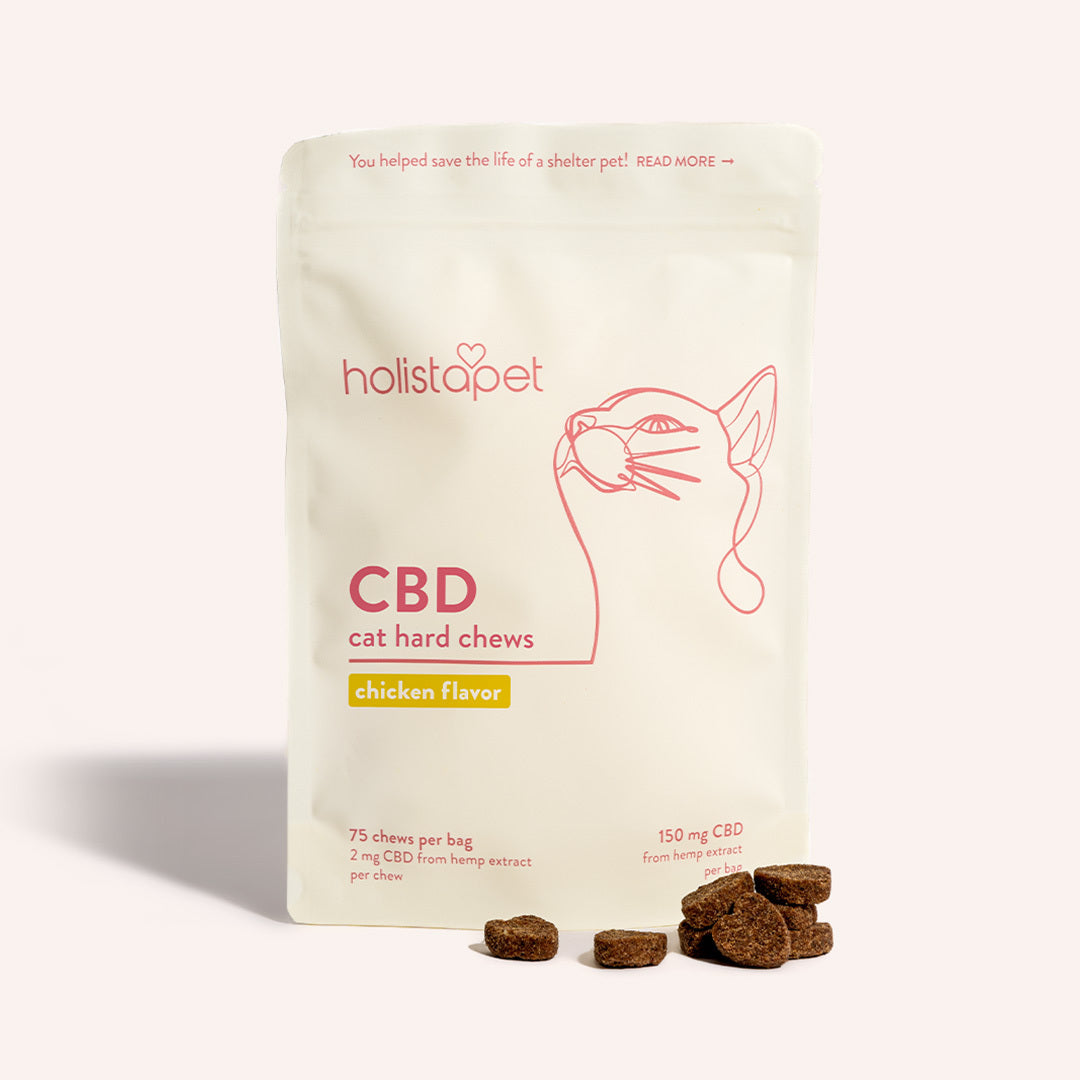
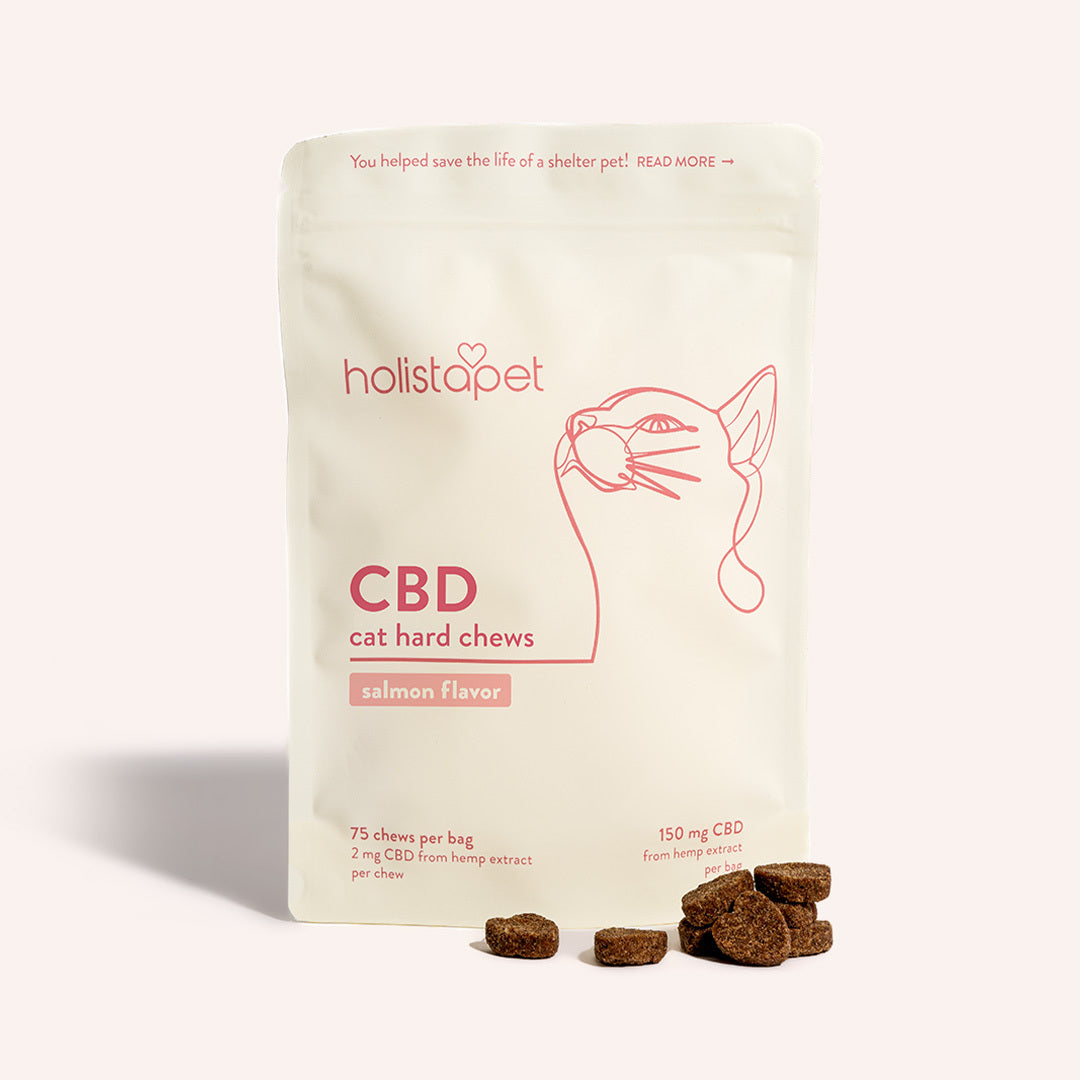
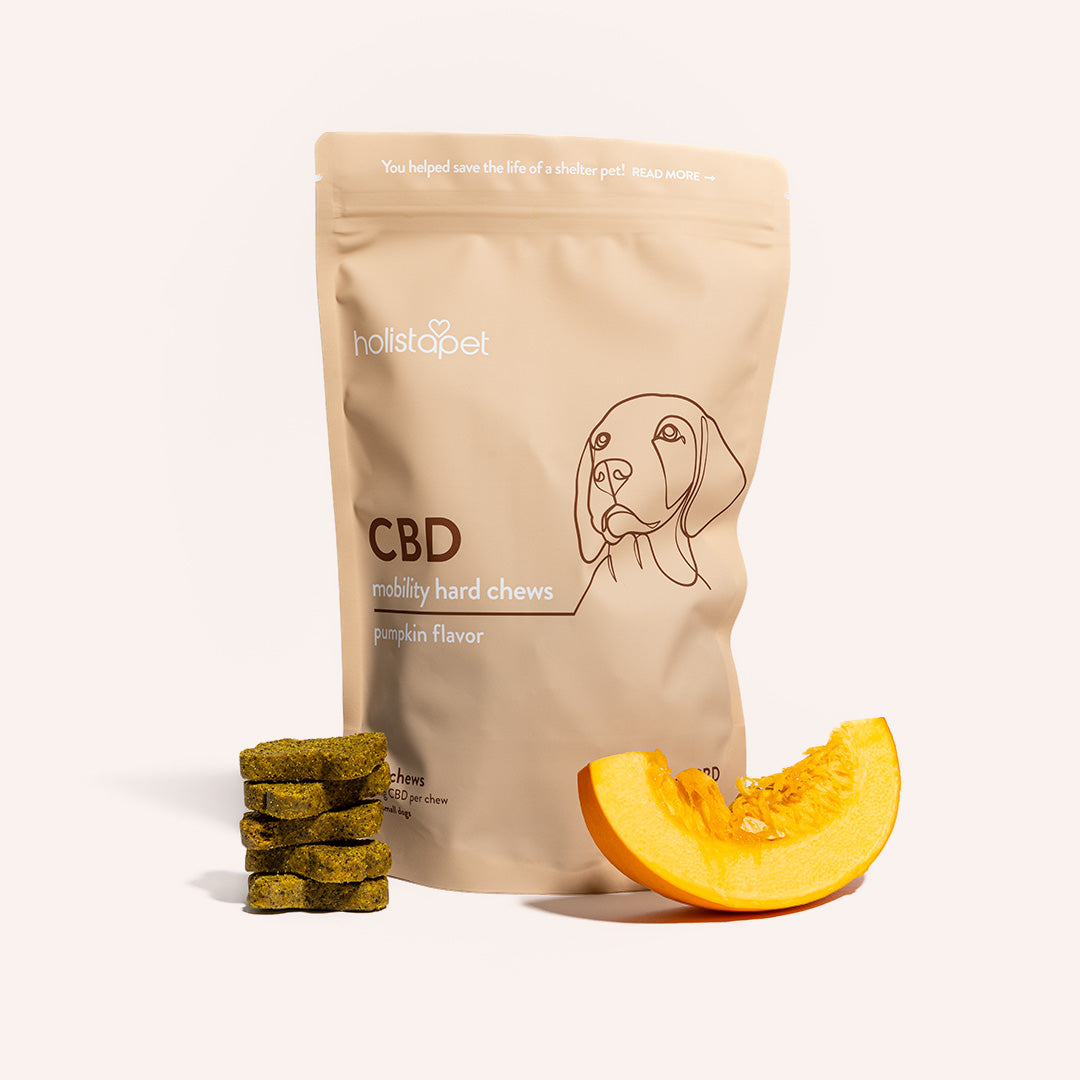
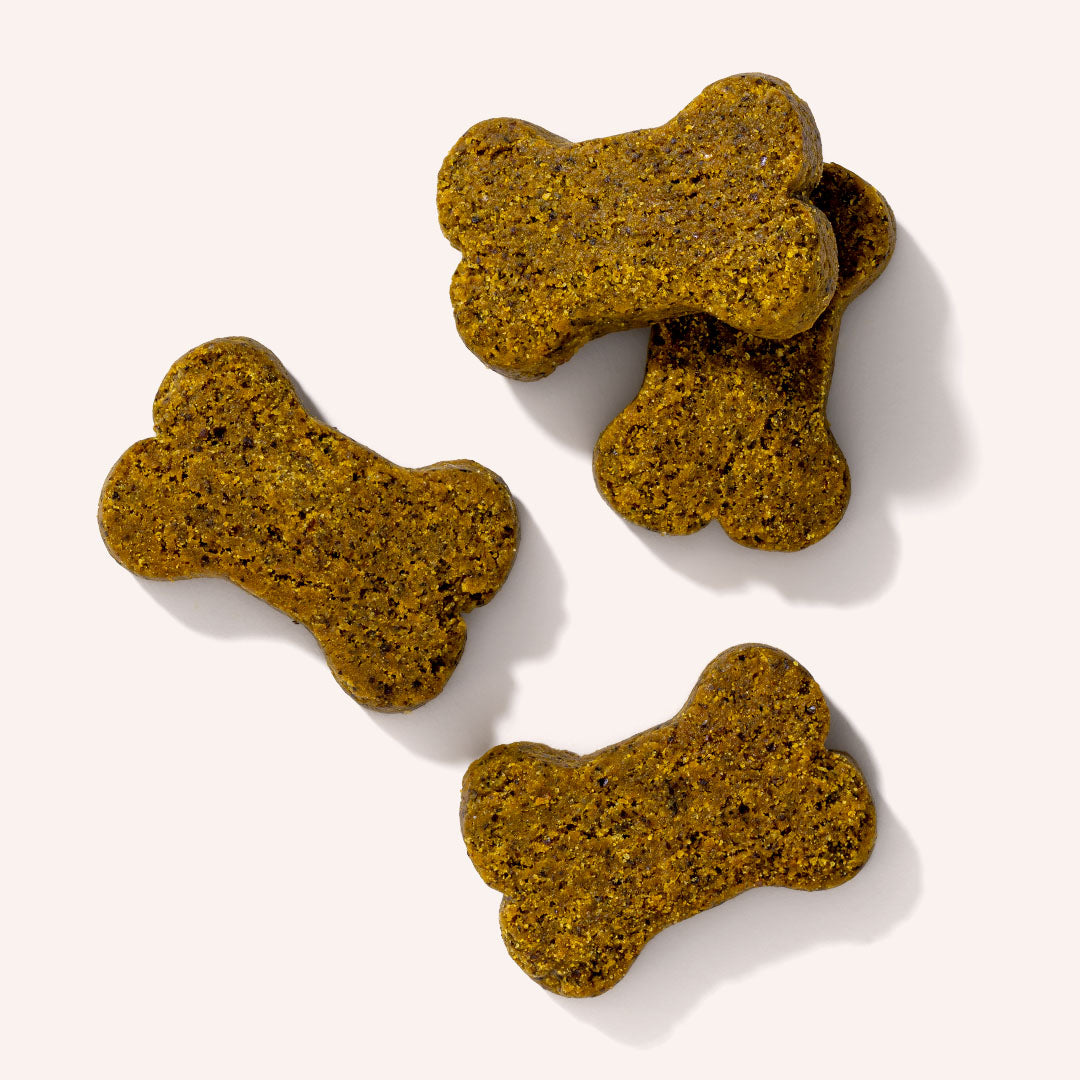
Leave a comment
All comments are moderated before being published.
This site is protected by hCaptcha and the hCaptcha Privacy Policy and Terms of Service apply.